Peli’s history of supplying Original Equipment Manufacturers in many industries spans decades. Our familiarity with the manufacturing led us to put together a webinar last year as well as a post regarding the differences between OEMs and Value-Added Resellers, what their roles are in various industries and how that relates to Peli. In this post, we are taking a look at OEMs and organisations that sell aftermarket parts and how that relates to the automotive industry.
What is an OEM?
An OEM has traditionally been defined as a company that produces goods that are used as components in the products of another company, which then sell them as finished goods to the end customer. These OEMs work closely with automakers, as they are a key stakeholder in the manufacture and repair of vehicles in the automotive industry. Although, OEMs traditionally do not brand their parts, some OEMs more recently have begun to also produce their own branded replacement parts for independent repair shops as well as car dealers.
What types of parts do automotive OEMs produce?
OEMs typically manufacture a wide variety of components and hardware used in vehicles such as exhaust systems, brakes, glass, and electrical parts.
What is an aftermarket part?
Aftermarket parts are replacement parts and are not made by the original equipment manufacturer. Often, aftermarket parts are used to replace components of a vehicle that are damaged or have simply worn out.
What is the difference between OEM parts and aftermarket parts?
Typically, if you take your car to a mechanic for some repair and a part needs to be replaced, the mechanic will give you two options, to use the OEM part or an aftermarket part. The difference between OEM parts and aftermarket parts can be thought of as similar to name brand pharmaceuticals and the off-brand generic options. Both do essentially the same thing, so why choose one over the other? The reason is that aftermarket parts tend to be cheaper. This is often why a consumer will choose to use an aftermarket part if it is available.
Often, availability of aftermarket parts is much greater as well. Aftermarket parts are typically made to fit many different automobiles, like a one-size-fits-all deal. This results in a great availability on the market. In fact, in many cases, aftermarket parts are really the only choice that a consumer has. This is because OEMs tend to discontinue the manufacture of certain parts and components, thus for those with older cars, aftermarket parts may be the only option available.
Having said that, it is commonly believed that aftermarket parts are of inferior quality to OEM components. While this is a possibility, this is hardly a rule set in stone. While some aftermarket parts may be of questionable quality, many aftermarket parts are equal to the OEM part in terms of quality, and as mentioned previously, are often much more widely available.
How does Peli help OEMs and aftermarket part manufacturers and mechanics?
There are a number of challenges that OEMs are facing currently. With the rise of globalisation and increasingly complex global supply chains, perhaps the most urgent of the challenges faced by OEMs is logistics.
For OEMs and aftermarket part manufacturers transporting valuable and fragile equipment from point A to point B, with on-time delivery and damage-free freight is crucial. To address this challenge, OEM and VAR organisations need to choose the right partner in packaging so they can focus on what they do best: developing the best product for their customers or end users.
Peli’s broad expertise in developing packaging, shipping and storage solutions helps address this challenge. Through a set of innovative high-performance cases and containers and its interior customisation, Peli is the right partner to mitigate the risk that is inherent in the transportation of fragile, valuable equipment.
If you’d like to know more about how Peli can help you with your packaging needs, click on the button below to speak to a Peli customer success expert today!




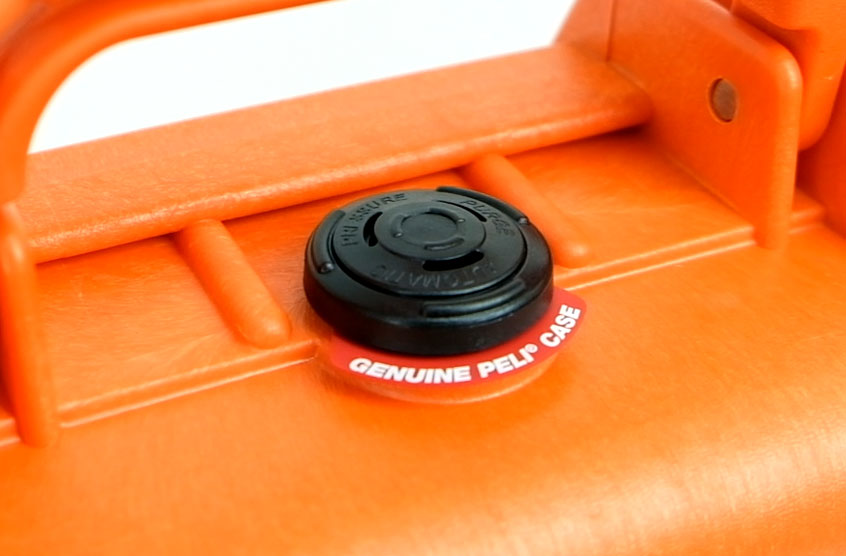
.png)





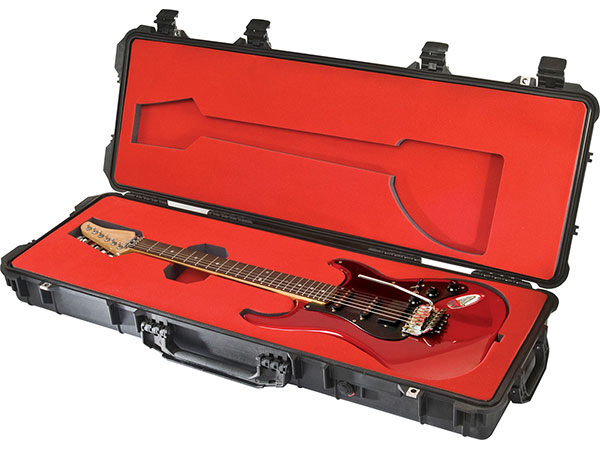

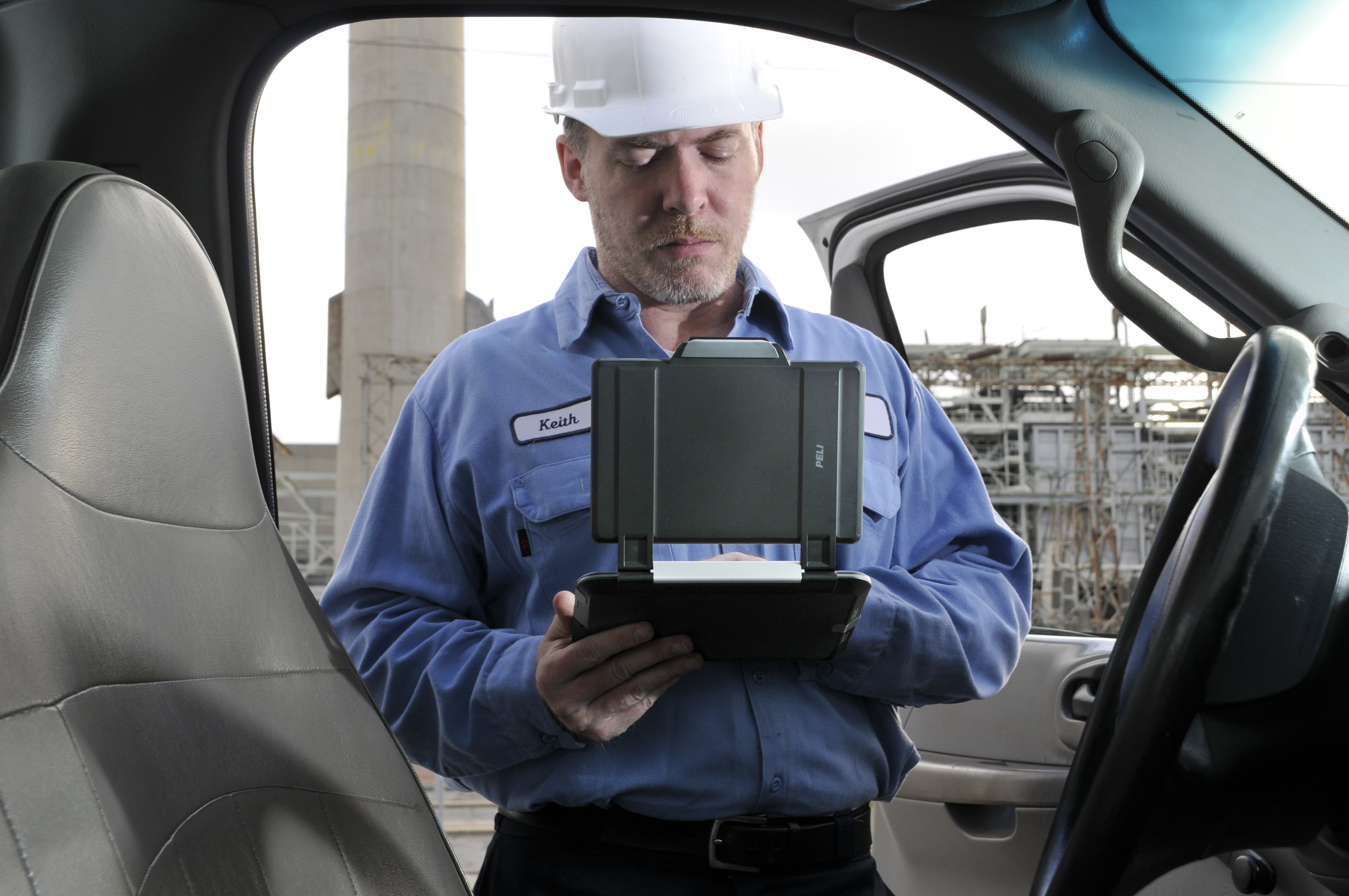



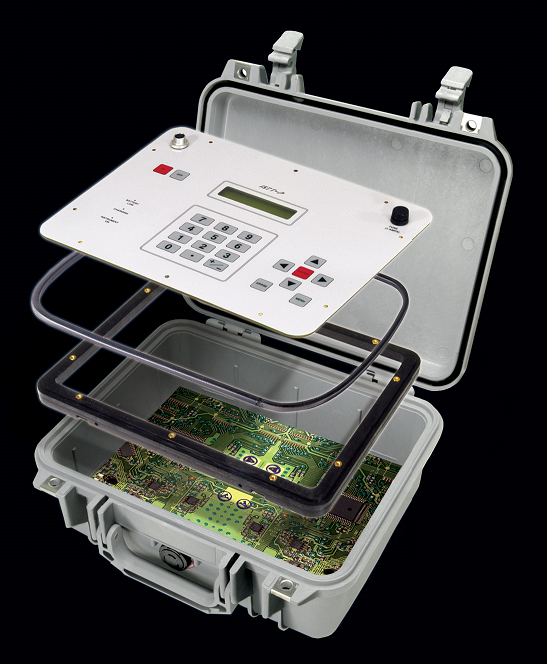


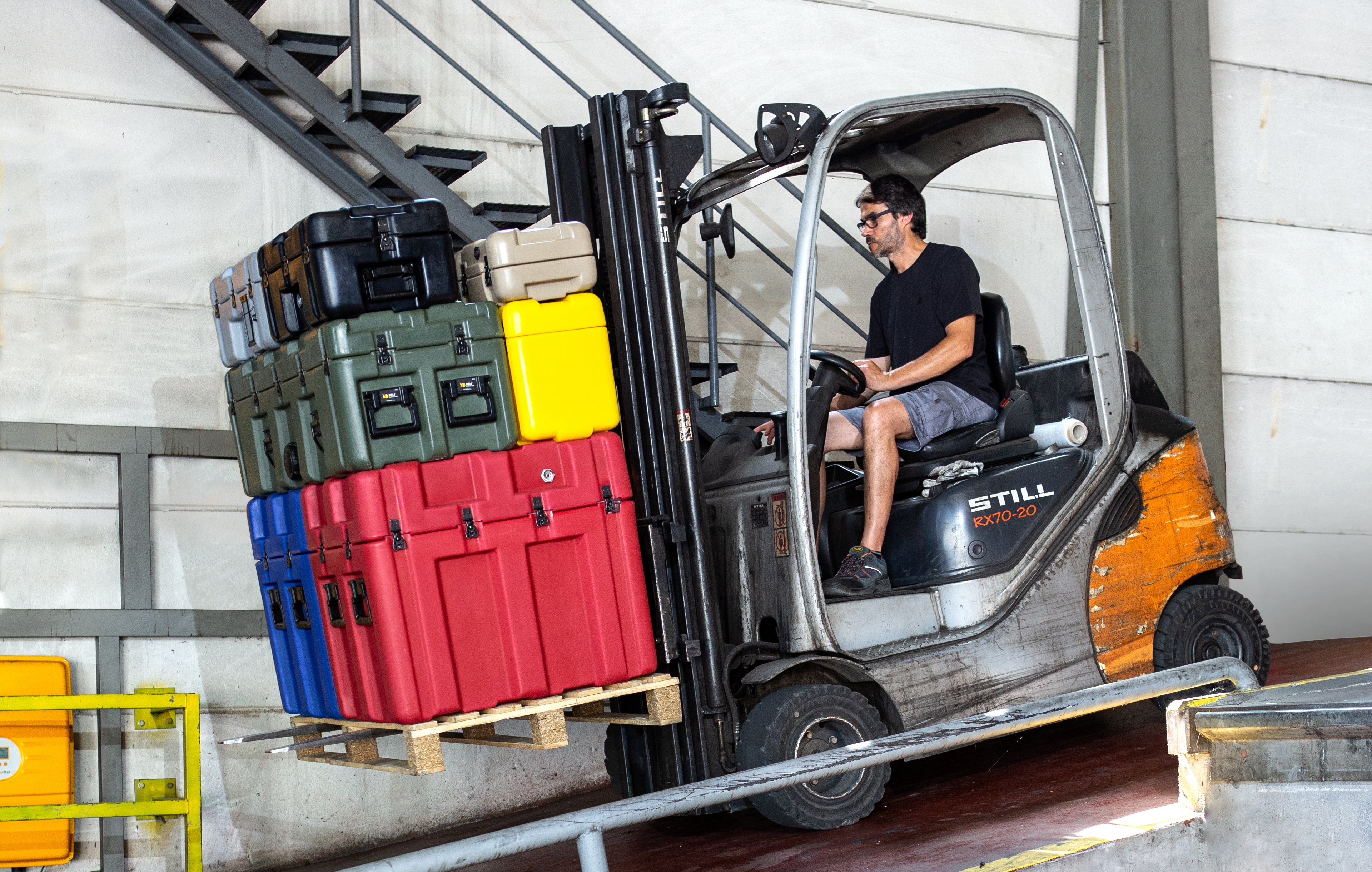
Post a comment